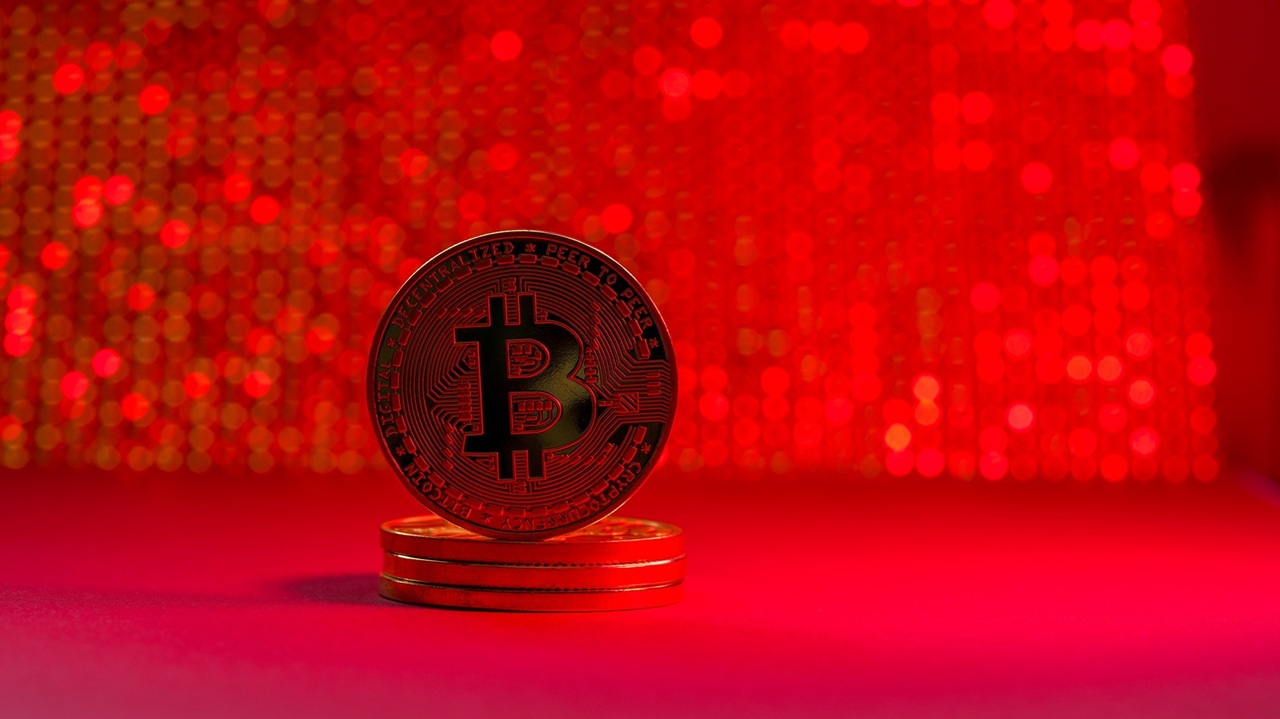
This is a re-post of an article originally published on pundit.co.nz. It is here with permission.
It is said that economists know the price of everything and the value of nothing. That may be an exaggeration but an even better response is to point out economists do know the difference.
They did not at first. Classical economics thought that the price of something reflected the objective cost of producing it – as in the ‘labour theory of value’. (Note the word ‘value’ which was for long interchangeable with ‘price’. Indeed economists still confusingly call the ‘price theory’, ‘the theory of value’.)
However, classical theory generated numerous paradoxes. Clearly water is much more valuable than diamonds. One can go without the latter all one’s life but you need water every day. Yet the price of water is trivial compared to the price of diamonds. Or consider a work of art. The price of the Mona Lisa is fabulous, but you can get good ‘counterfeit’ copies for the cost of production – which involves about as much labour as Leonardo’s original. So why is the original so pricey?
The paradox was resolved in the late nineteenth century by three economists working independently of one another: William Stanley Jevons of Britain, Carl Menger of Austria and Léon Walras of Switzerland. They saw the price reflecting what the market was willing to pay for it. On this foundation rose the formidable edifice of neoclassical economics (which is not the same as ‘neoliberal economics’ although some people confuse them).
I’m going to skip much of the edifice and focus on its central insight that the price is a subjective assessment not an objective fact, especially in regards to financial assets. To begin with a banknote.
A $100 banknote costs about 2 cents to produce – that is its ‘objective’ cost. Yet everyone ignores the 2 cents and focuses on its $100 subjective price. (If there is anyone who does not, I am happy to purchase from them any banknotes they have at the objective price with a handsome margin – say at 5cents.) The immediate reason we work with the subjective price is because we believe it, just as Jevons, Menger and Walras proposed. The belief is underpinned by governments accepting their banknotes at face value for settlements of its accounts such as tax payments.
A banknote is but one example of a financial asset which costs little to produce compared to its face value. Often its subjective price is underpinned by something more tangible. In the case of a mortgage, it may be a house which the mortgage holder acquires if the mortgagee fails to service their mortgage.
A shareholder may believe there will be a flow of future dividends from the company’s profits. Moreover, if the company fails, the shareholder is entitled to a share of the breakup value of the company (which is often less than the total value of the shares). In practice, the shareholder can sell the share to someone else who assesses its price on a similar basis. Thus, the price reflects the subjective sentiments of many would-be purchasers.
What then, are we to make of the share price of, say, Amazon which has never paid a dividend and whose share price – just under $U5 as I write – far exceeds the tangible assets which back it? It might pay a dividend one day, but the skyhook which holds the share-price up is the market sentiment that the share-price will rise and shareholders will benefit from the capital gain.
Or consider a cryptocurrency (such as bitcoin) which has even a less objective value compared to its price than a banknote and, typically, has no tangible assets backing it. So why do people hold a cryptocurrency (currently a bitcoin is over $NZ84,000)? It is because there are others willing to pay that amount when the cryptocurrency is offered on the market. Since they can never expect to get a dividend, one assumes purchasers expect the market price to rise (that is, others will pay a higher price one day), and they can convert their purchase into ordinary currency which they can use to purchase something more tangible.
This is a kind of Ponzi scheme for which investors get their return by selling out to an incoming investor who in turn hopes to sell out at a higher price to a later incoming investor. It requires a long-run rising price for the cryptocurrency. Stein’s law says if it can’t go on forever, it won’t. At some point the appreciation will cease, the price will stagnate and crash.
(There is no theory which predicts exactly when the crash will happen. If there was, users knowing when there will be a crash, would bail out a little before, causing the crash earlier, so the forecast would be wrong.)
Does the crash matter? There have been three major crashes of bitcoin (as an example) in the past. Its price fell about eight-tenths (in $NZ) between December 2017 and December 2018; it fell almost five-tenths in May 2021; it fell about seven-tenths between November 2021 and October 2022. (Other cryptocurrencies have slightly different stories.) In none of the three cases were there widespread repercussions to the rest of the financial system (although individual holders suffered). This was partly because cryptocurrencies are marginal in the totality of the giant financial system, but critically, there is not enough interdependence with it. In simple terms. investors in crytpocurrencies do not seem to be borrowing to invest. It is the borrowing which causes a proper financial crash as the holders’ losses ripple out through the system, impacting on innocent people who had not realised that their savings were tangentially involved in cryptocurrency speculation.
In the Minsky cycle of speculation, financial markets go into a phase in which there is heavy borrowing by investors; hence the big crash which follows. I do not know whether the cryptocurrency markets have reached that stage. (Another complication is when there is fraud, embezzlement and theft.)
The purpose here has been to illustrate how a market can flourish even when what is being transacted has no ‘objective’ value in the sense which classical economics understood it. (Ironically, though, David Ricardo who set out the Labour Theory of Value, made his fortune on the share market.) It was understanding of the subjective theory of value (price) which enables us to understand better how financial markets work.
The price of financial assets reflects the sentiment of those in the market; they may be totally detached from the tangible and objective. But that sentiment can be like reef fish, quickly switching from one direction to another. Sometimes a switch crashes the financial system which impacts on the real economy.
Footnote: Cryptocurrencies can – like a banknote – be used as a medium of exchange for purchasing or paying off debt. That is not a major feature (except for paying debts in dark markets). It is suggested that the government could accept cryptocurrencies for payment of debts to it. (This is different from banks exploring whether they can efficiently use blockchains in conventional currencies.) A prudent government would immediately switch the cryptocurrency it receives into a more conventional currency. Thus its holdings would be small – till money. El Salvador proposed to make bitcoin legal tender. Its economy is a bit of a financial basket case. When it was recently bailed out by the IMF it was required it to scale back its crypto ambitions. The IMF was wary of lending while bitcoin was legal tender because its volatile price posed a risk to financial and fiscal stability. My personal view is that a government should not get into investing in financial speculation, no matter how promising the gains might appear to be in the short run. Recall how Nick Leeson brought Barings Bank to its knees.
Note The prices used here applied at 21 March, 2025
*Brian Easton, an independent scholar, is an economist, social statistician, public policy analyst and historian. He was the Listener economic columnist from 1978 to 2014. This is a re-post of an article originally published on pundit.co.nz. It is here with permission.
2 Comments
Where do we start with this ? First of all, I think it's important to focus on BTC. Within the crypto space itself, we're seeing a phenomenon that everything is moving towards zero when measured against BTC. Many people involved in the space generally believe that 99% of cryptocurrencies are worthless.
The objective cost of BTC is important because essentially the value of BTC encompasses energy and time in a way in which fiat currency is not able to do. F'more, it's becoming clear to many people that the properties of BTC are where its value derives from. I don't think Brian has read the white paper and it is essential that people do if they want to understand what underpins the intrinsic value of BTC for themselves. You can even compare those properties with those of other 'debt based' financial assets such as currencies.
So it's important to accept that BTC is in a period of 'price discovery' (and so are most cryptocurrencies) against its perceived value, which may appear to be quite volatile, but it actually isn't if you're able to observe over time and when using log-scale plots. Personally, I think we're passed the point where we can say that BTC is worthless and going to zero value against fiat currencies (but I could be wrong). And I think its current and future value is determined by a range of different factors. But one way is to consider network effects.
For ex, 6 years after the first 5 million users, crypto had approx 295 m participants and the internet had 119 m. So using this simple comparison, crypto is growing at 137% a year while the internet grew at 76%.
If digital assets slow their growth to that of the internet's initial growth rate you get to 1.2bn users by Dec 2025 or if we assume the first 6 yrs rate of growth of the internet we get 2.5bn users.
Using the 76% growth rate (suggesting a near halving of network growth as network matures), we would have 5bn users by 2030 - crypto becomes the dominant source of owning, transferring and recording value and contractual terms globally.
Calling Bitcoin a Ponzi while admitting fiat has no intrinsic value is peak fiat brain. Bitcoin costs real energy to produce, unlike fiat which is printed at zero marginal cost to fund government bailouts and wars. I just paid for my beer in Auckland with sats on the Lightning Network — no ponzi, just value for value. The only thing collapsing here is the credibility of economists still stuck in 20th-century theory while the rest of us are building the future.

We welcome your comments below. If you are not already registered, please register to comment.
Remember we welcome robust, respectful and insightful debate. We don't welcome abusive or defamatory comments and will de-register those repeatedly making such comments. Our current comment policy is here.